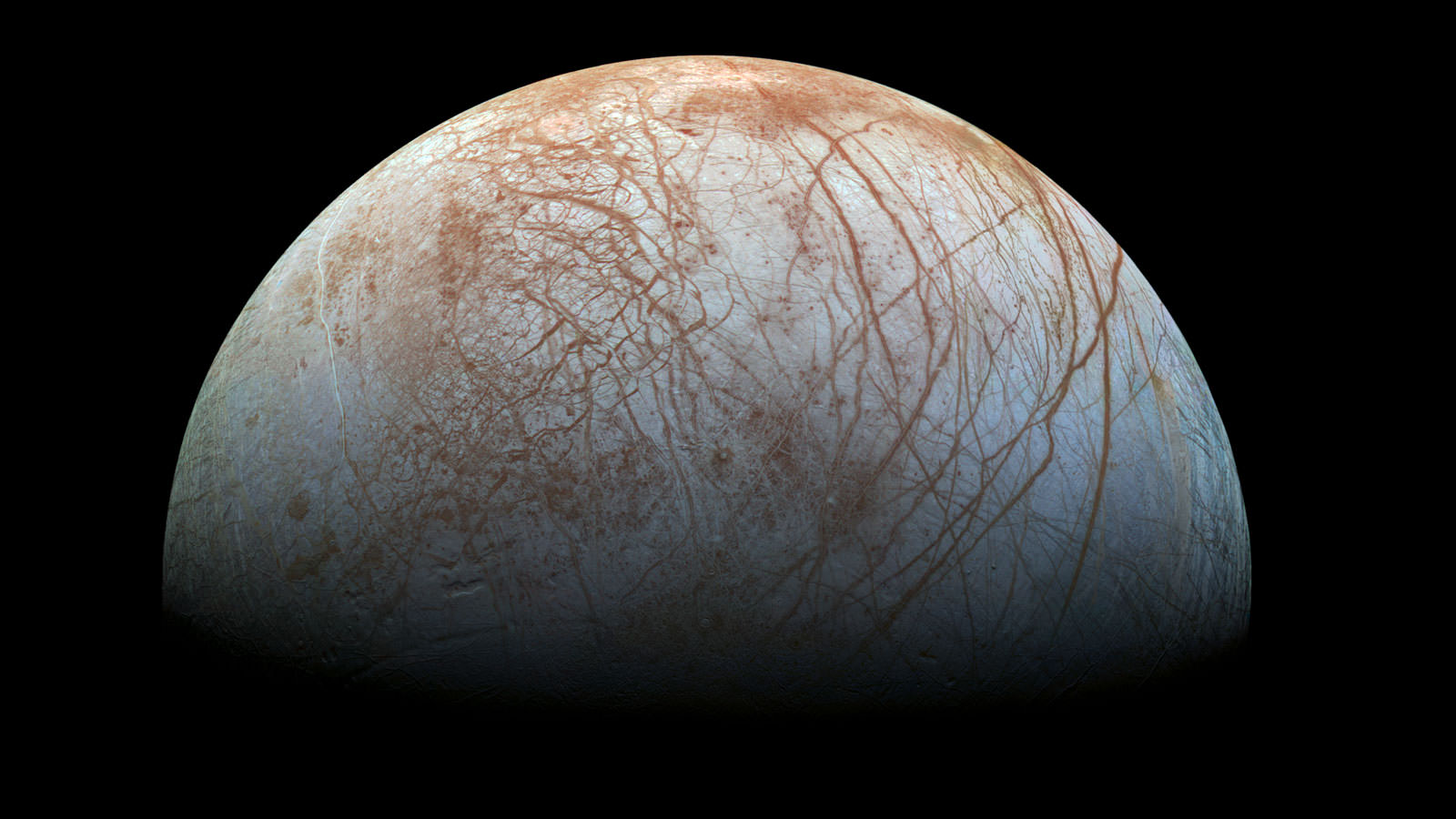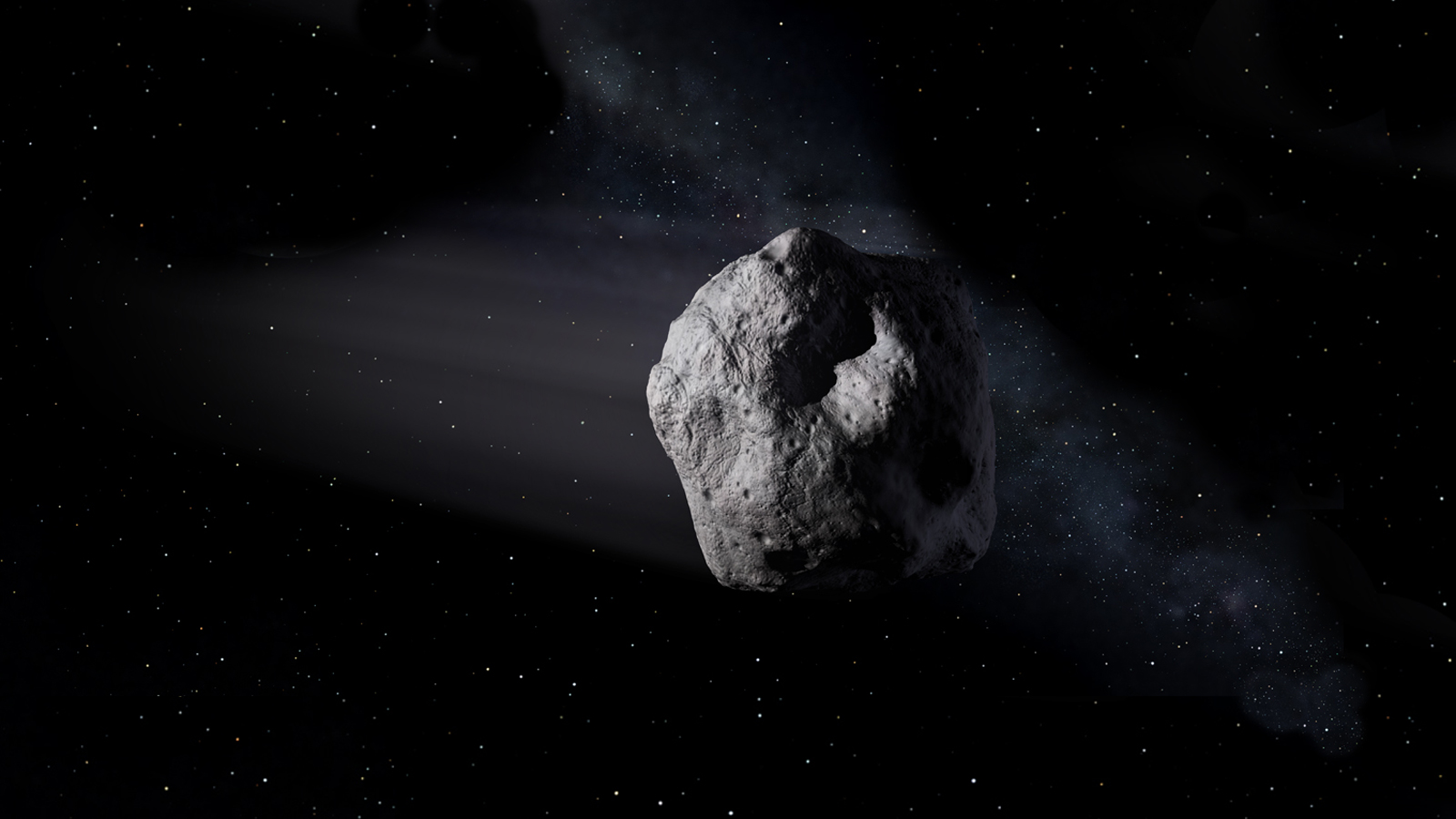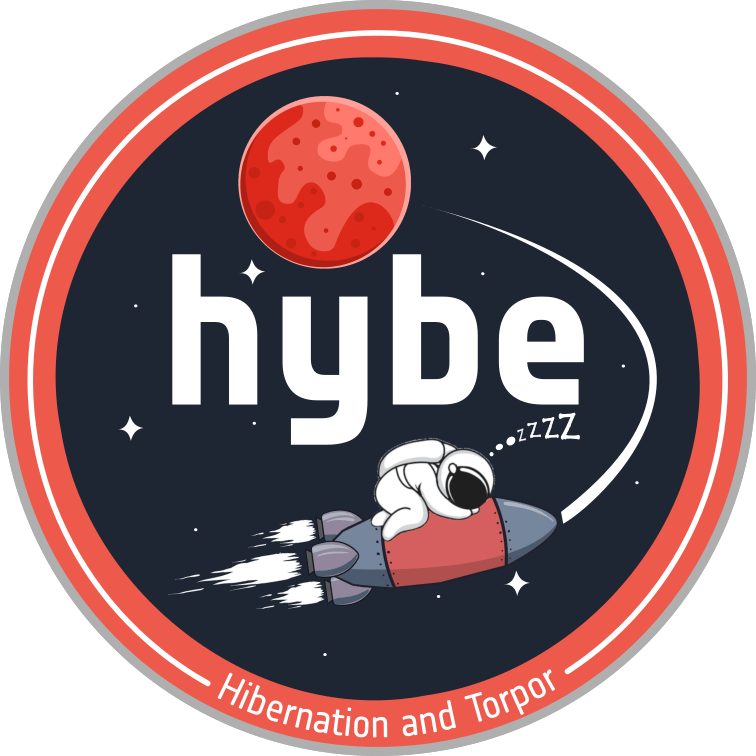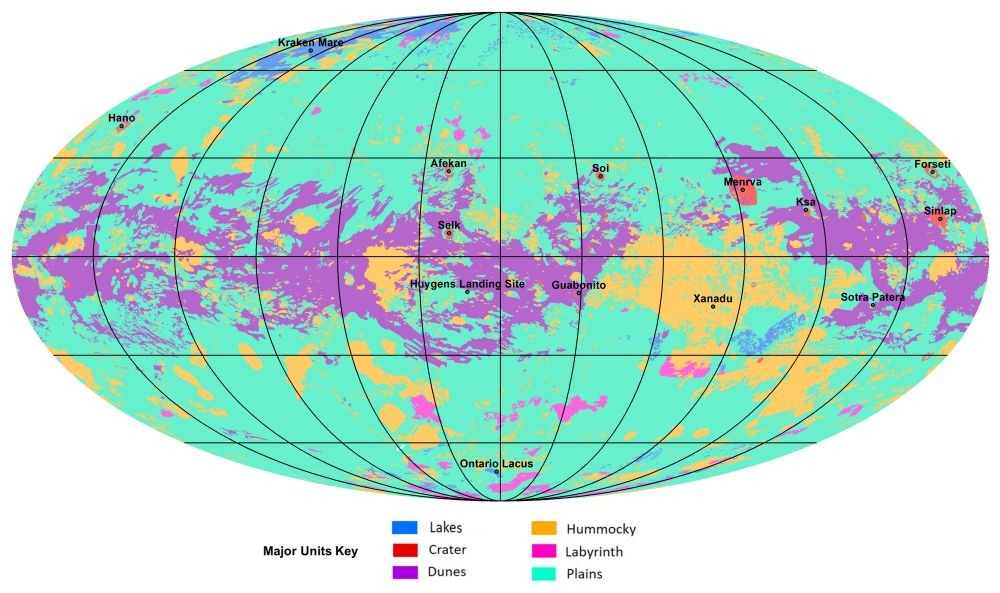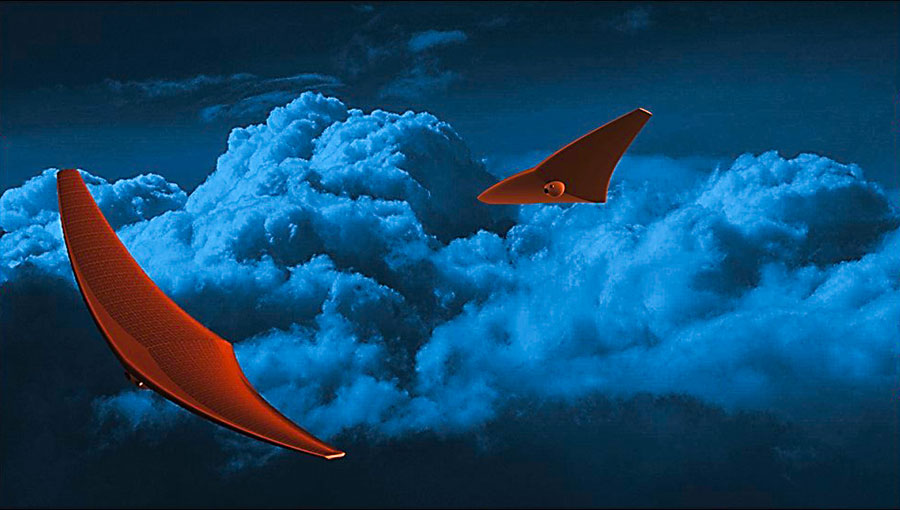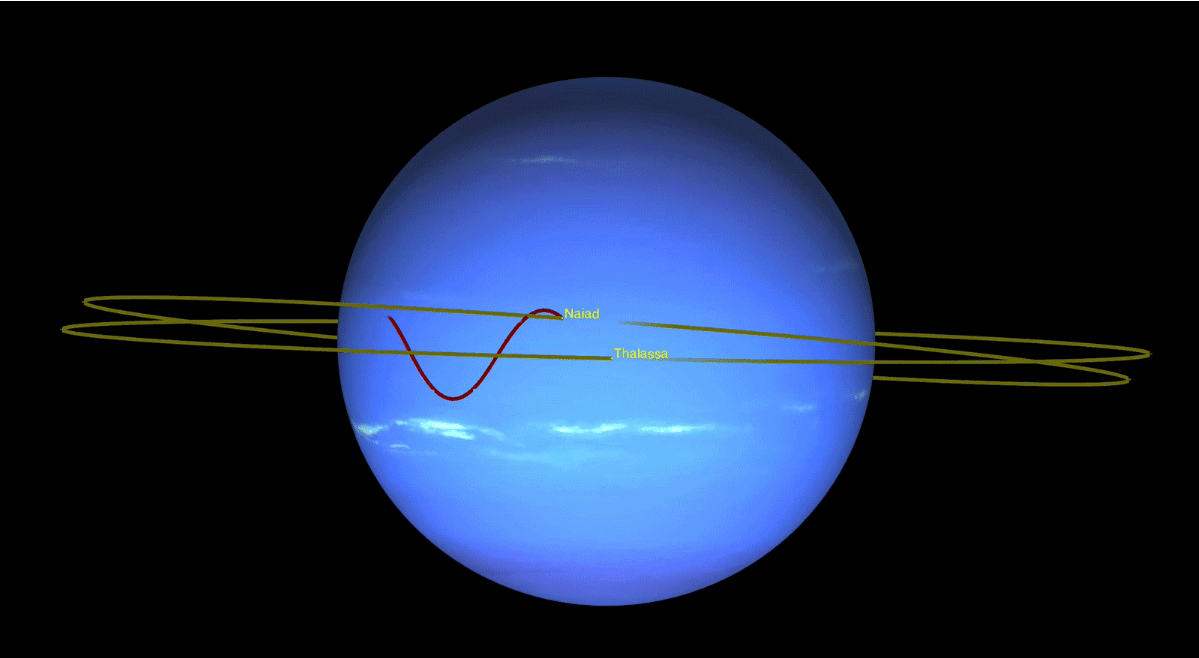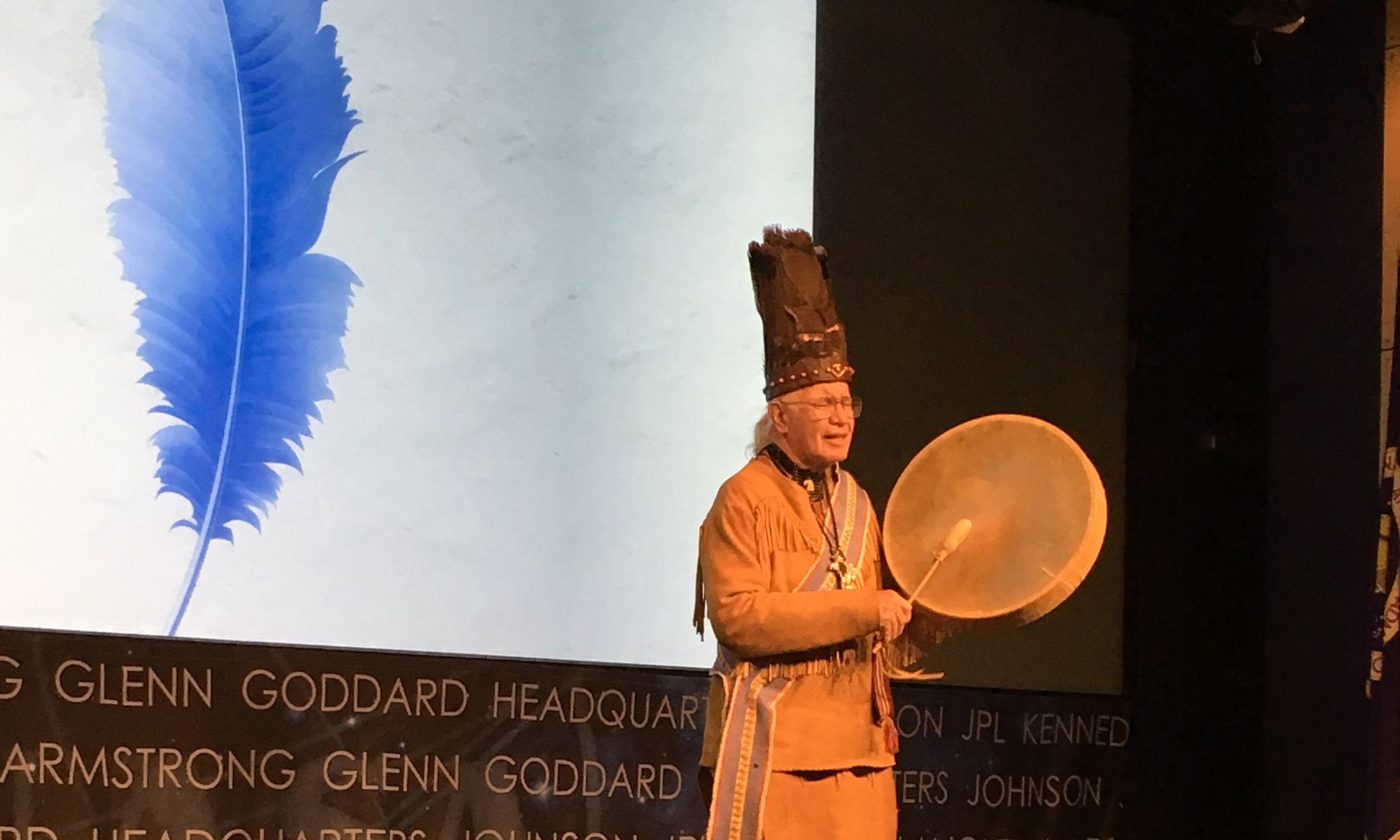What’s been long-suspected has now been confirmed: Jupiter’s moon Europa has water. As we’ve learned more about the outer Solar System in recent years, Europa has become a high-priority target in the search for life. With this discovery, NASA has just painted a big red bulls-eye on Jupiter’s smallest Galilean moon.
Continue reading “Water Vapor Was Just Found on Europa, More Evidence There’s Liquid Water Beneath All that Ice”Water Vapor Was Just Found on Europa, More Evidence There’s Liquid Water Beneath All that Ice
